As a common liquid conveying equipment, magnetic pumps may encounter various failures during operation, affecting the normal operation of the equipment. Understanding these common failures and their troubleshooting methods is crucial to ensure the stable operation of the equipment.
1. Failure to Start
Possible Causes:
Power failure or power line failure
Magnetic pump motor failure
Controller failure
Troubleshooting:
Check the power supply and power lines to ensure normal power supply.
Check if the magnetic pump motor is damaged or blocked.
Check if the controller settings are correct, and adjust or replace if abnormalities are found.
2. Leakage from Pump Body
Possible Causes:
Aging or damage of sealing parts
Damage or corrosion of pump body materials
Troubleshooting:
Replace the sealing parts to ensure sealing performance.
Check if the pump body material is damaged or corroded, and replace it if necessary.
3. Abnormal Noise or Excessive Vibration of Pump Body
Possible Causes:
Bearing damage or insufficient lubrication
Loose or worn internal components of the pump body
Troubleshooting:
Check the bearing status, and replace if damaged.
Check for loose or worn internal components of the pump body, and repair or replace them.
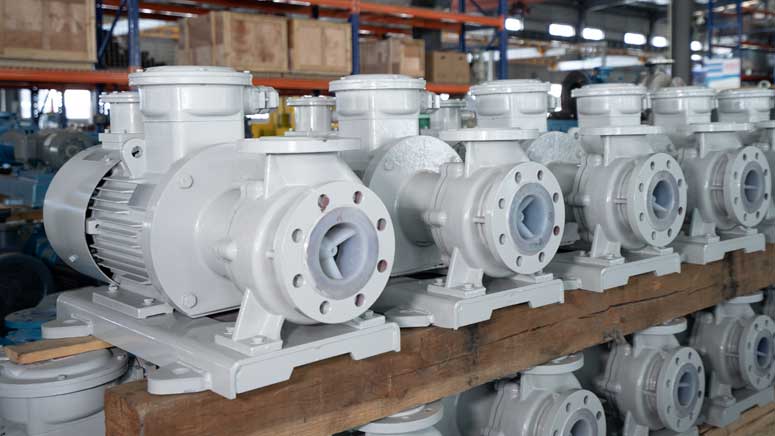
4. Abnormal Flow Rate
Possible Causes:
Inlet valve not fully open or blocked
Outlet pipeline blockage or pump body internal scaling
Troubleshooting:
Check if the inlet valve is fully open, and clear any blockages.
Check for blockage in the outlet pipeline, and clean any scaling inside the pump body.
5. Excessive Heating of Pump Body
Possible Causes:
Friction or blockage inside the pump body
High ambient temperature or poor ventilation
Troubleshooting:
Check for friction or blockage inside the pump body, and clean or replace as necessary.
Improve ventilation and reduce ambient temperature to ensure effective heat dissipation of the pump body.
In conclusion, understanding common failures and troubleshooting methods of magnetic pumps enables timely responses to various situations, ensuring the stable operation of the equipment. Regular equipment inspection and maintenance can effectively extend the service life of the equipment and reduce maintenance costs.





 +86 18130251359
+86 18130251359 teflowpumps@tlpumps.com
teflowpumps@tlpumps.com

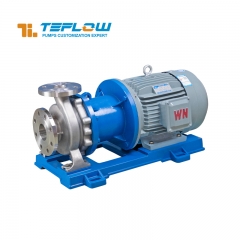
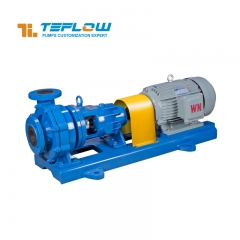
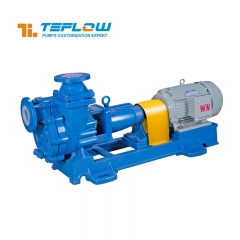
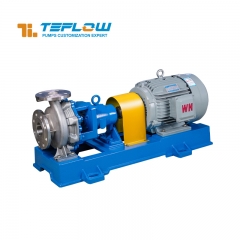








 +86+0563-5093318
+86+0563-5093318
